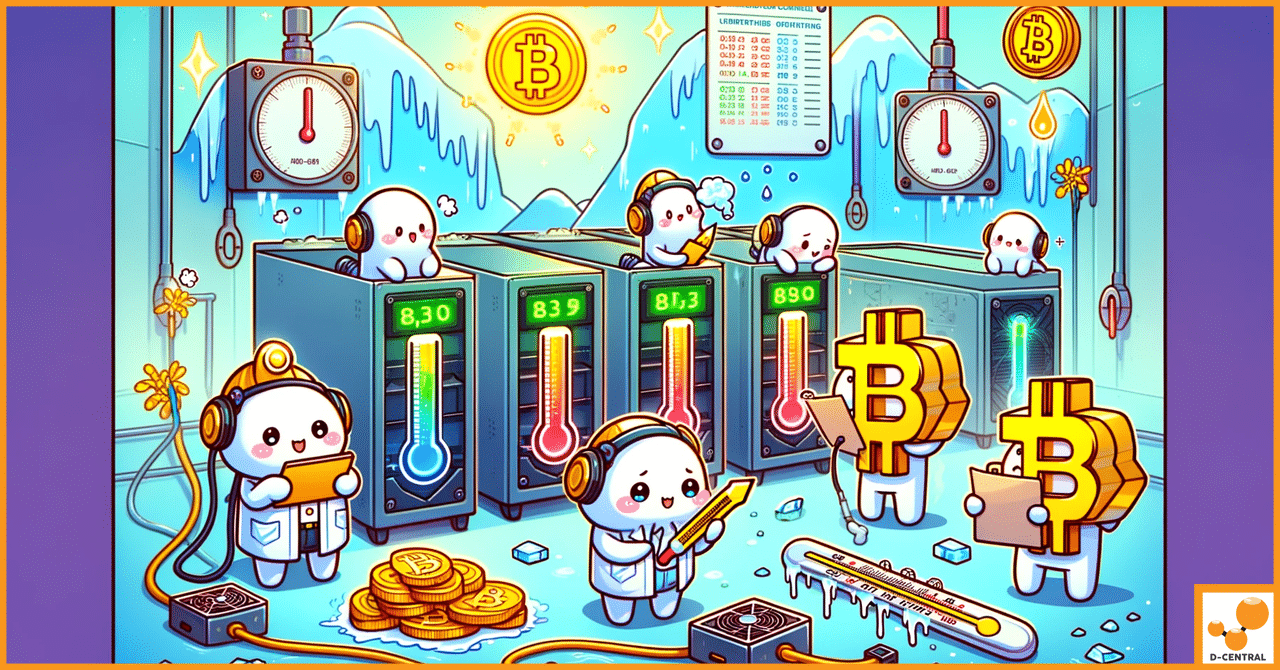
Understanding Electromagnetic Interference (EMI) in Bitcoin Mining
Discover how to optimize your home Bitcoin mining setup with advanced electromagnetic isolation techniques. Learn about Faraday cages, EMI protection,
4479 Desserte Nord Autoroute 440, Laval, QC H7P 6E2
If your miner is not powering on, the fan doesn’t spin, and the network port light doesn’t light up, follow these troubleshooting steps:
Step 1: Confirm whether there is a proper connection throughout the whole line. All plugs need to be re-inserted, and ensure they are inserted tightly. Both power cord sockets need to be checked. If the fault still occurs, proceed with the following checks.
*Note: The power supply of the 17 and 19 series all-in-one machines requires dual power cords. The power supply can only output when both power cords are powered at the same time. If only one is inserted, the power supply has no output.
Step 2: Check whether the power supply fan rotates. If the fan doesn’t rotate, you need to inspect the power supply circuit.
Step 3: Begin checking the power supply line from the socket. Use a multimeter to measure the socket, and both sockets need to be measured. If there’s no voltage, ask an electrician to check the line and air switch. If you don’t have a multimeter, plug into and replace with a normally working socket to confirm.
Step 4: If the voltages of the corresponding sockets of the two power cords are normal, measure the output terminals of the two power cords. If there’s no voltage, replace the corresponding power cords. If you don’t have a multimeter, try to replace the power cords directly.
Step 5: If the voltage is normal, replace the power supply.
Step 6: If the power supply fan rotates, but the miner doesn’t turn on, first disconnect the power supply, open the miner and the upper cover of the power supply, unplug the power cord of the control board, power on the power supply, and use a multimeter to test whether the power supply line of the control board has 12V. If there’s no 12V, replace the power supply.
Step 7: If there’s 12V, disconnect the power supply, and re-plug the power cord and voltage regulator line of the control board. If the original fault still persists, replace the control board.
Step 8: You have now completed the troubleshooting process.
DISCLAIMER: D-Central Technologies and its associated content, including this blog, do not serve as financial advisors or official investment advisors. The insights and opinions shared here or by any guests featured in our content are provided purely for informational and educational purposes. Such communications should not be interpreted as financial, investment, legal, tax, or any form of specific advice. We are committed to advancing the knowledge and understanding of Bitcoin and its potential impact on society. However, we urge our community to proceed with caution and informed judgment in all related endeavors.
Related Posts

Discover how to optimize your home Bitcoin mining setup with advanced electromagnetic isolation techniques. Learn about Faraday cages, EMI protection,

In the ever-evolving world of Bitcoin, the User Activated Soft Fork (UASF) emerges as a beacon of spontaneous order amidst

In the rapidly evolving world of cryptocurrency mining, Application-Specific Integrated Circuit (ASIC) miners have emerged as the gold standard for
Thank you for your incredible support and enthusiasm! Due to unprecedented demand, our shipping and support times may be slightly longer than usual. We’re actively expanding our team to fulfill your orders faster and provide you with the service you deserve.
Every order we receive is a powerful signal that the Bitcoin community is thriving. Your support is directly contributing to the resurgence of Bitcoin infrastructure and innovation—especially in pleb mining, where D-Central has proudly led since 2016. Together, we’re fueling decentralization and empowering miners everywhere.
We’re seeing record demand, and supplies are running low on many of our popular items. With rising resourcing costs, prices are expected to increase in the coming weeks. Placing your order now not only secures your product and locks in today’s pricing but also directly contributes to regrowing D-Central's team and strengthening the Bitcoin mining ecosystem.
Thank you for being part of the D-Central community. Your trust and support fuel our mission to keep Bitcoin mining accessible and innovative.